The equipment for curing and smoking meats can be quite simple, and you may already have what you need. It is a vast category that has evolved into a skill and craft with numerous options that can be done at home.
We will break down all the necessary steps, whether you want to dry cure, hot smoke, cold smoke, or make a healthy protein snack that will last for a while, such as jerky (which can be stored in a cardboard box if desired).
I will talk about what you need to begin with, which isn’t much. Then, I will tell you about some more advanced equipment.
Meat curing also covers vast topics; here is a link to the pages of the guide to help.
Whether dry curing whole muscle, salami or hot smoking or cold smoking. There are some exceptions; for instance, low & slow beef brisket is not salt cured before the moderate low temperature indirect hot smoking; it has a salt/spice seasoning before cooking/smoking called a ‘rub’.
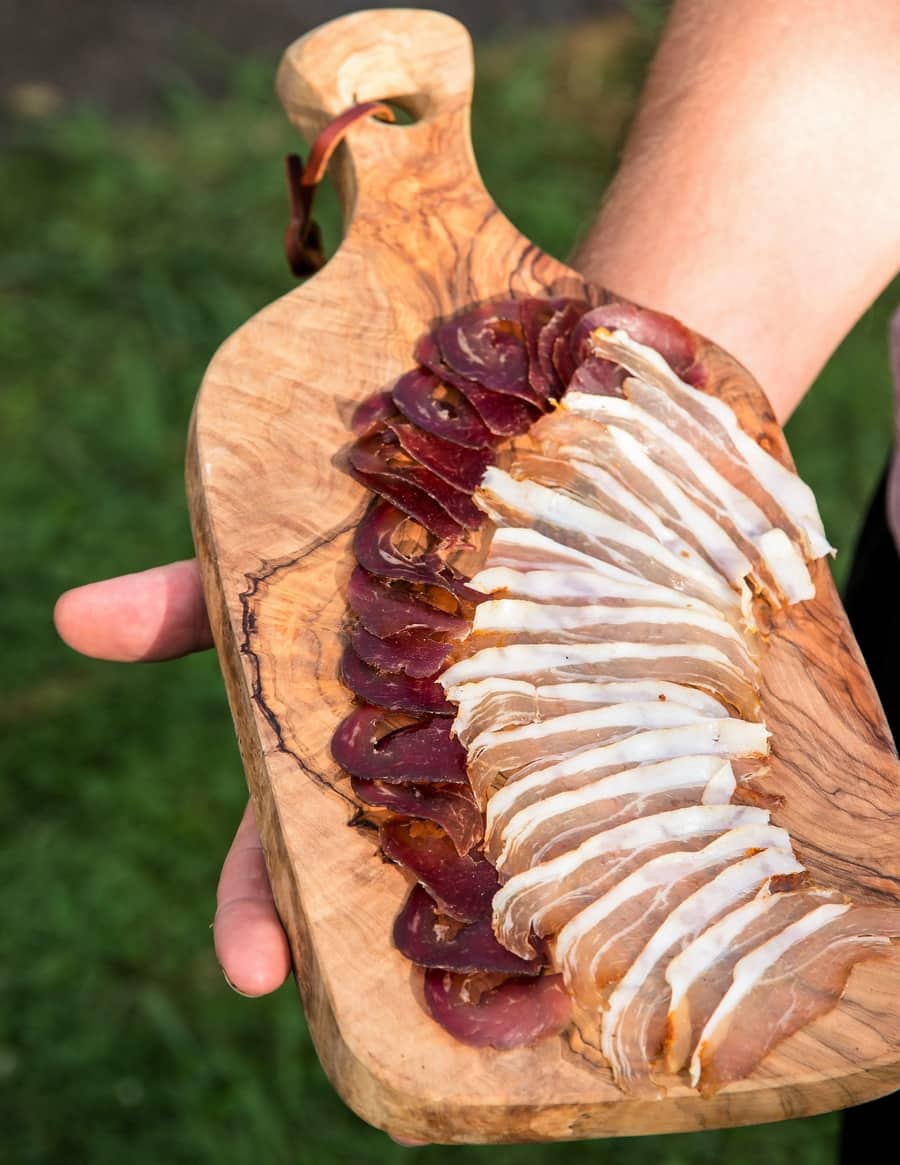
These were made in my standard kitchen fridge and took about 2 weeks. Including fully curing and hanging them in the refrigerator at the back.
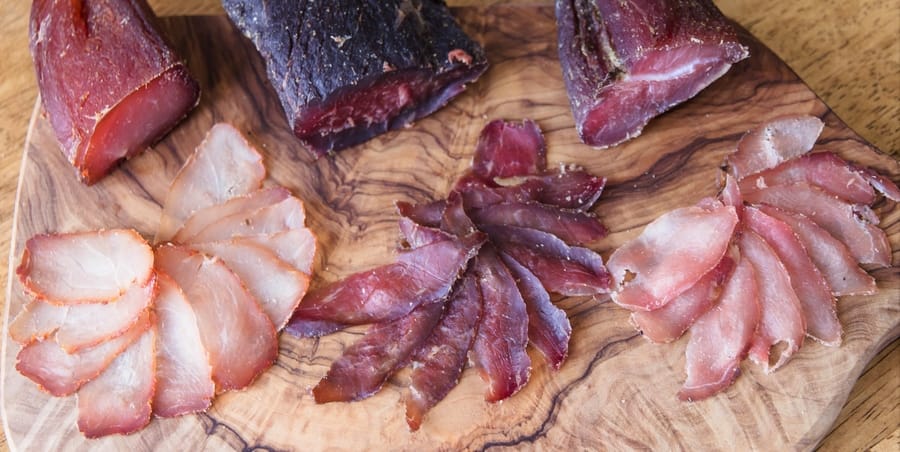
Also, you might like to look at (fast – not low & slow) hot smoking fish, which I have done for many
I will cover Advanced Equipment further down the post and mention the salami and salumi equipment gear.
I’ll cover these topics (full page on all the guides on this site here), which sometimes overlap:
Hot smoking is cooking and lower temperatures while smoking is also in the same area.
Cold Smoking, for meat, is generally salt-cured before the cold smoking process.
Dry-cured has many sub-categories, but if you think of prosciutto and pancetta, they are the more common dry-cured aspects.
Cold and Hot Smoking
Hot Smoking Equipment
Pot/Wok Tea Smoked Meat
If you want more info on hot smoking fish here is an easy guide, check it out here.
You only need some foil, wok, rice, and tea, and you can smoke some fish. It’s a Chinese style of
It’s a style of smoking where you don’t need a smoker. It’s directly heated, similar to the portable smoker below, but you can do it indoors.
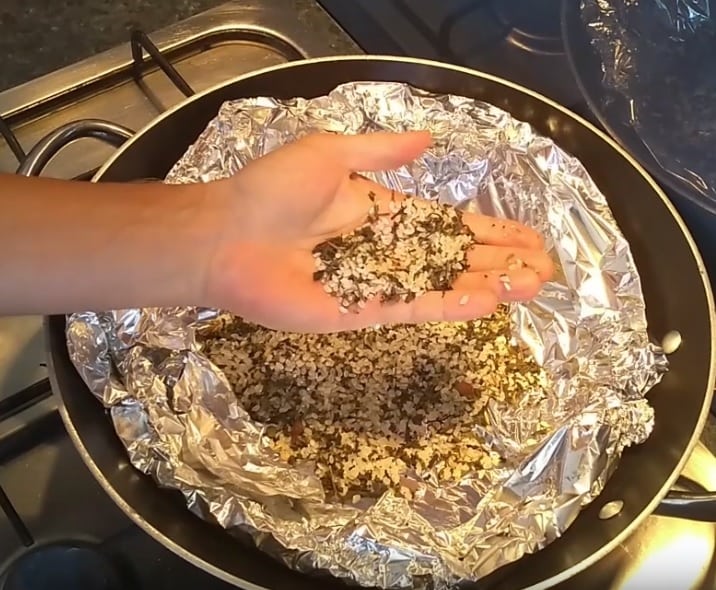
Portable Smoker
A portable smoker can effectively cook and smoke meat or other foods using direct heat in a confined smoking area. I use a gas burner or the BBQ burner; if you don’t have a BBQ, even a portable gas burner can be used. Great for fishing and camping trips
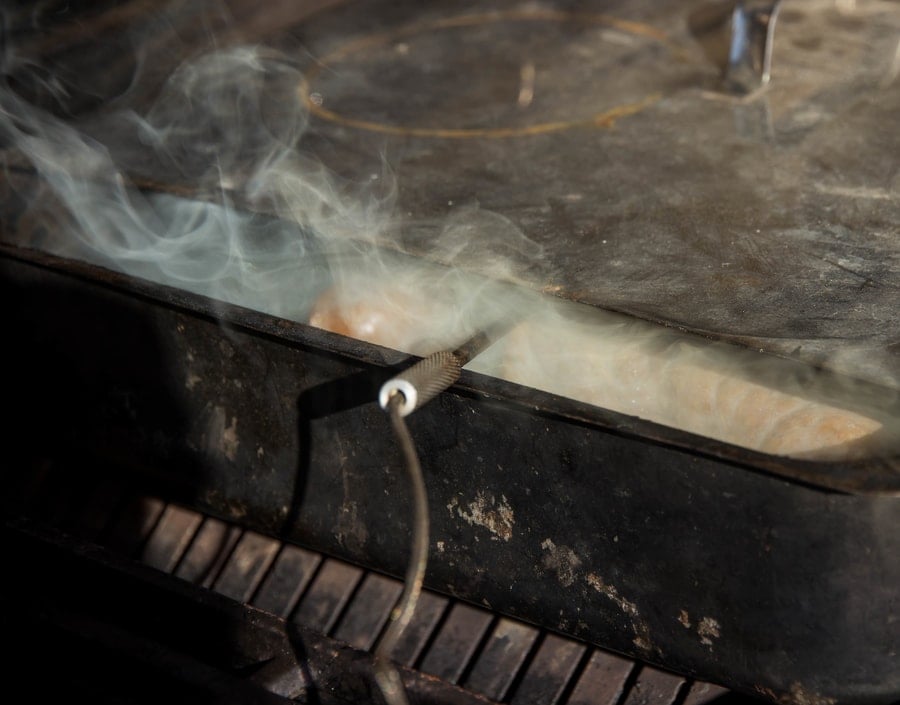
Recently, I hot smoked some chorizo sausages I bought, and I am very happy with the result (try to get a transparent light smoke, not a heavy white smoke, for the best flavor from a portable smoker).
Charcoal BBQ or Gas BBQ for Smoking Meat
Once the meat is cured in the fridge, you can use a BBQ with a hood or a portable hot smoker with a direct heat source, such as a gas grill.
Electric Hot Smoker or Gas Hot Smoker
For low & slow smoking, I love this style; you can play around with many forms of smoked meat, dairy, and vegetables. These varieties are easy to use and set & forget operations.
Adjusting with a knob control or thermostat does help make this a set-and-forget option.
Some of these offer cold smoking options that are very easy to operate. However, cold smoking is a subject that goes into the advanced category of meat curing. You want to get your meat-curing training wheels going first.
If you want a comprehensive post on cold smoking, please find it here.
Pellet Grill Smokers
It also has a dual purpose, being able to smoke meat with wood pellets and being a direct-heat gas grill. The auto feed mechanism doesn’t make it a set-and-forget smoker as long as you have power to plug it in, although some also have battery setups now.
Charcoal Smokers
The selection of charcoal smokers is intense on the market, it generally starts with a bullet, kettle or barrel-shaped smoker.
Then, it advances to fully gravity-fed charcoal smokers for very hefty price tags for serious pitmasters. Also, offset charcoal smokers are considered the highest honor for enthusiasts at this skill level. It is a true pleasure for some if you don’t mind standing or sitting next to them for 10 hours or more whilst smoking a brisket.
Some people love it!
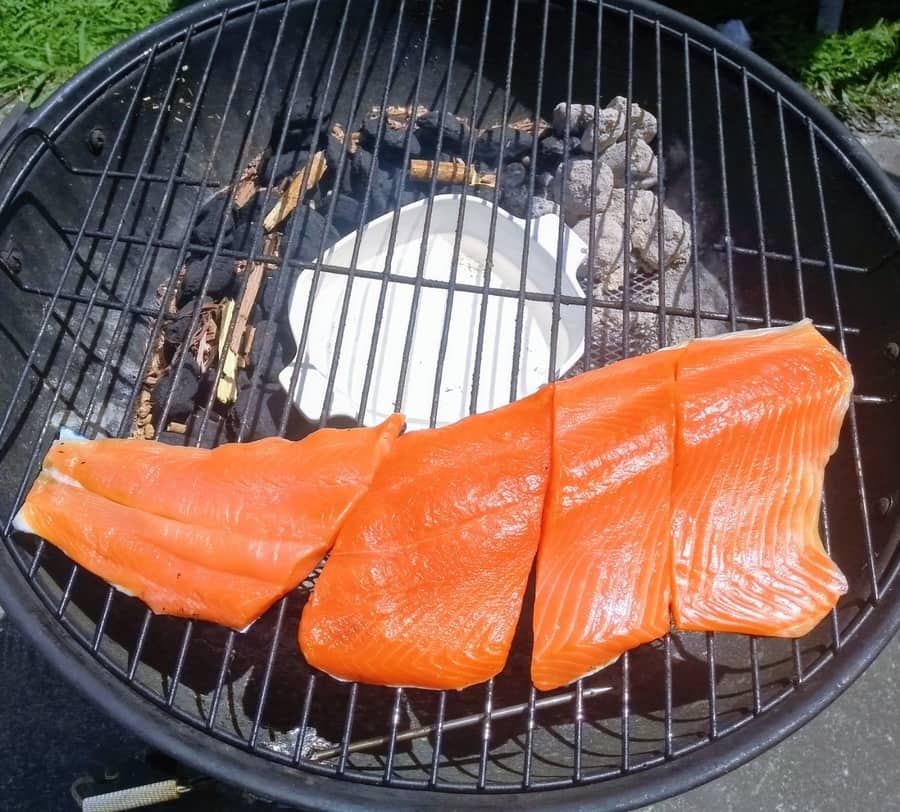
Cold Smoking Equipment
There are a lot more factors to cold smoking, mainly making sure the meat is fully cured and creating a consistent environment with smoke generated from 6-8 hours to 4-5 days (refrigerating overnight is common and doing multiple sessions).
- Smoke Generator – great for both hot and cold smoking using pellets
- Cold smoking is all about consistent smoke and an environment under 77°F/25°C.
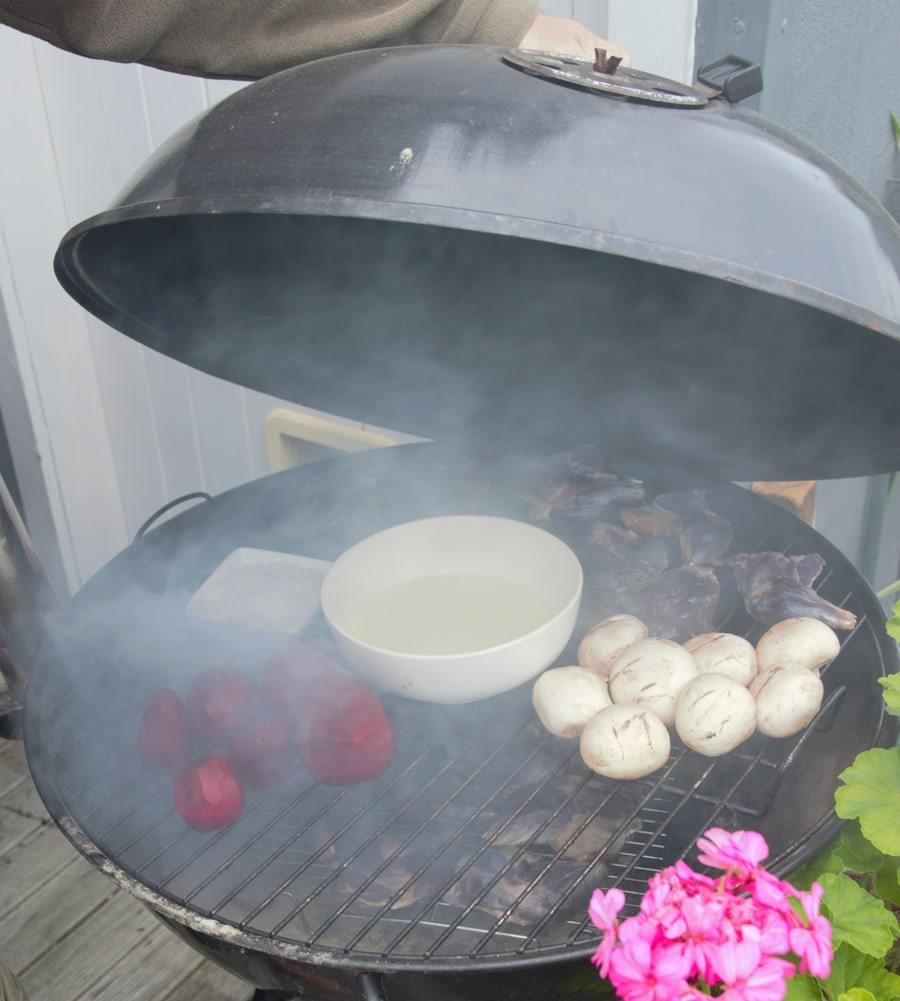
Dry Curing Meat at Home
Drying in a Regular Fridge
I wrote an article on using a regular fridge; please find it here.
Biltong
Biltong is a high-protein snack or addition to salads, etc, that doesn’t take much effort. Great for traveling, backpacking or camping (my pick of cured meats for outdoors here).
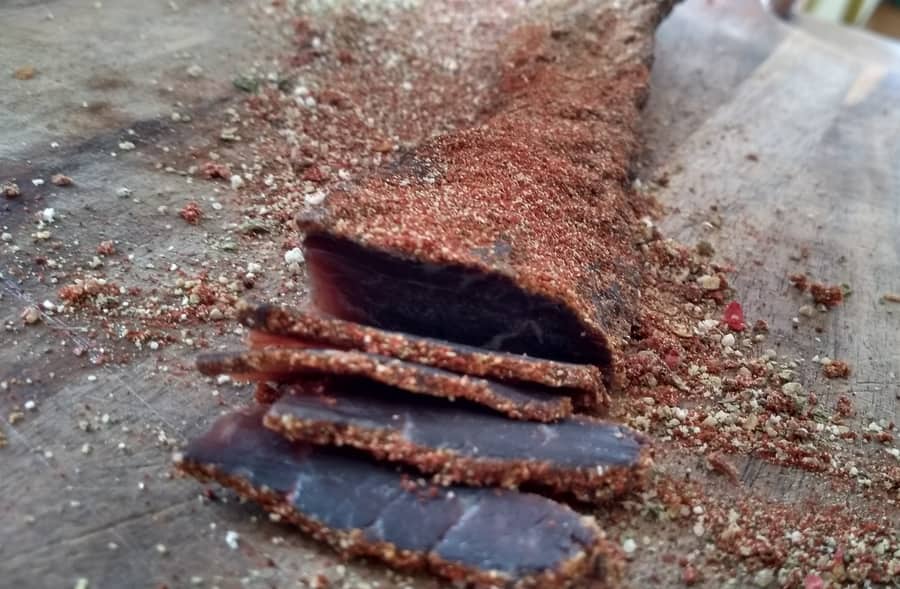
Cardboard Box, Light & Fan
I started with biltong before jerky, so I always hung the chunkier meat style. You can use a cardboard box if you are so inclined.
You have some air circulation and a little heat from a low wattage, say a 40-60 watt bulb.
The classic recipe is salt, vinegar,
Here is a super easy guide I wrote on biltong.
Biltong Box
For the next level up, the concept is the same as the
My good friend is a chili biltong madman- some smoked paprika and other bits make this a great treat when obtain a lot of meat on a hunt or when you have a lot of red meat to deal with.
Gravlax
Can be salt-dry cured for 24 hours and put in the fridge to cure. Then, it was washed off and used. It will last about 1 week after curing, from my experience.
It’s not dried to preserved, it more salted for flavor and a little extra shelf life.
Beetroot gravlax or citrus are great flavor combinations.
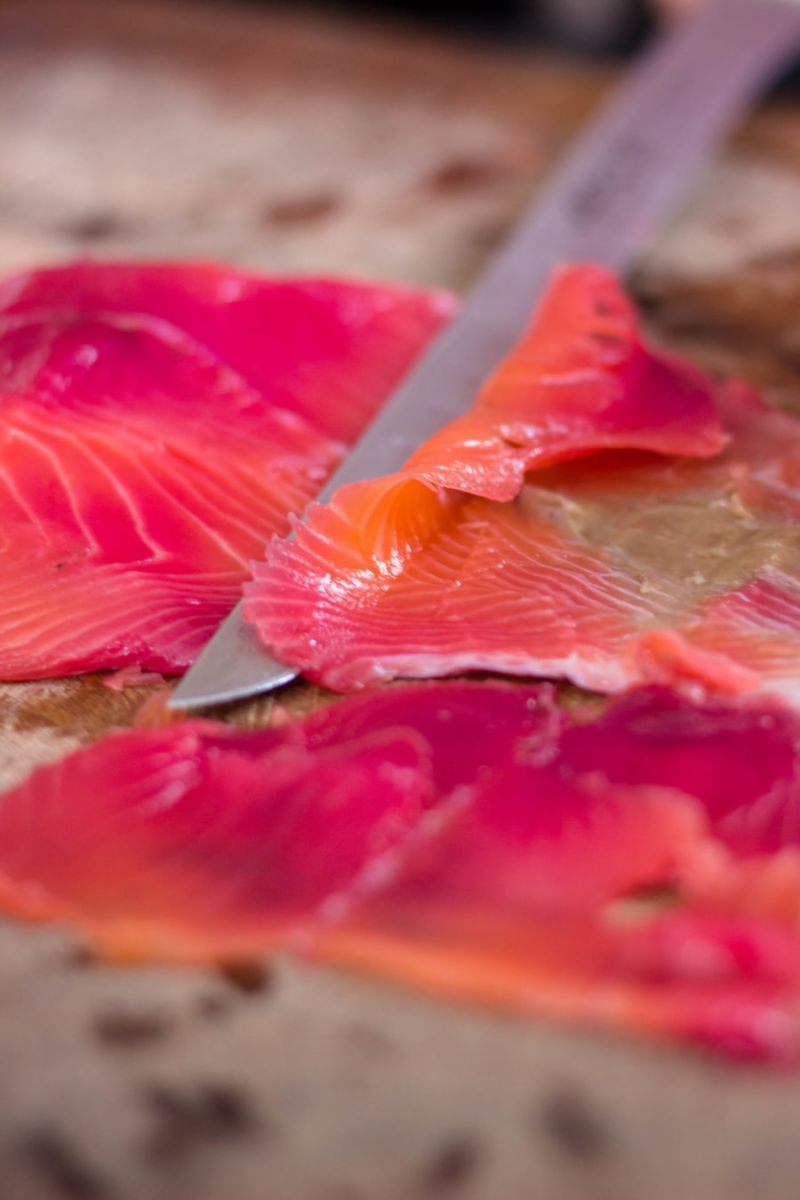
DIY Dry Curing Fridge
Salumi Meat Curing – long-term meat curing over 30 days or for other projects needing a controlled climate.
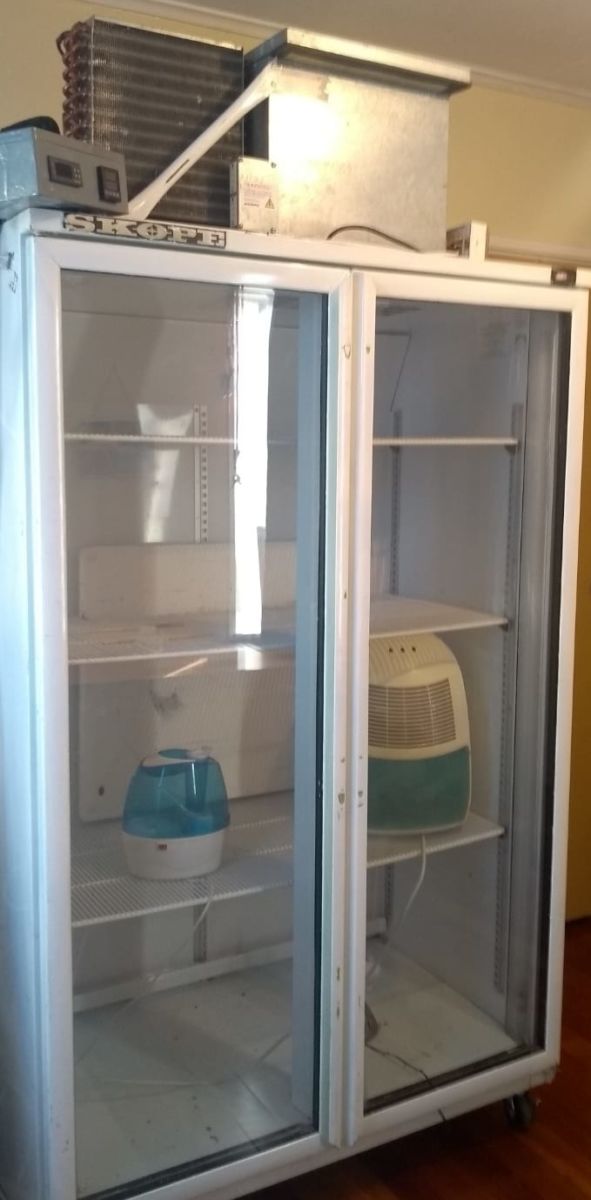
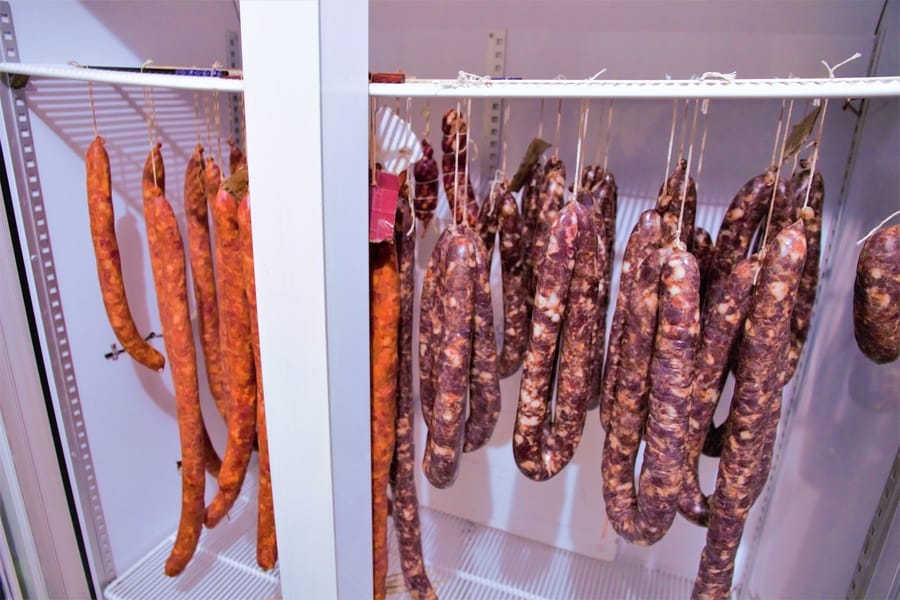
I will write an entire post here on this with my design thoughts. Currently, my large double-door chamber works great. Currently, I have a 6 ft tall and 4 ft wide curing chamber, which sometimes seems like an overkill. With the added heater panel at the rear, I have dried garlic, fruit, and oyster mushrooms.
Here is a breakdown of the equipment needed:
- Controllers – Temperature & Humidity
- Humidifier – for moisture
- Dehumidifier (dependent on design) – less moisture
- Cooling Unit (built-in fridge compressor often)
- Heating Source (maybe)
1. Controllers – Temperature & Humidity
These will generally have built-in hygrometers and thermometers.
I think having a quality analog version, too, is a good idea to confirm readings.
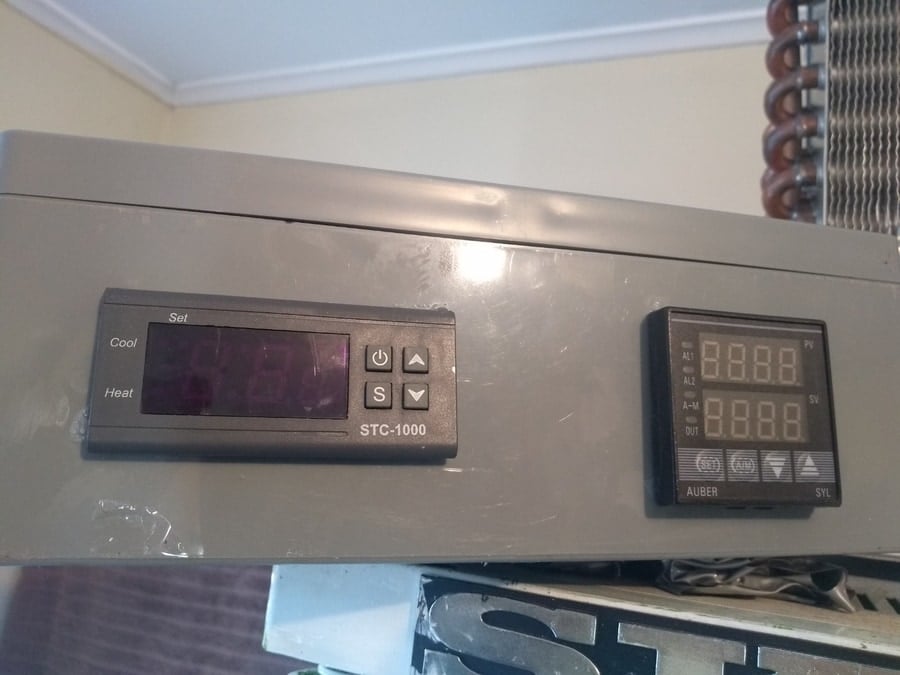
2. Humidifier – for Moisture
Compressors can have a drying effect, and overall, a humidifier will be much more critical than a dehumidifier. But this depends a lot on design. See here for more details.
2.5 Dehumidifier (dependent on design) – Less Moisture
The dehumidifier in my large chamber has worked well for storing game (venison, ducks, etc), drying/dehydrating fruit, and making organic garlic powder & onion powder. This function has worked because I installed an eco-panel heater at the back of the chamber!
3 Cooling Units (Built-in Fridge Compressor Often)
You will have this wired to the controller, which will cycle on and off to keep within range.
3.5 Heating Source (Maybe)
It works for the above reasons, but you can also be more precise about the fermentation temperatures of dry-cured salami inoculation!
Other aspects that you may want in your curing chamber (design details here):
- Drill, drill bits, screw fixtures possibly
- Secondary thermostat & hygrometer to make sure the environment is accurate
- racks for hanging or hooks
- butcher’s twine for rolled meat and keeping the meat in a uniform shape (can help to expel air especially)
Depending on the project, I will generally wipe down the entire chamber with diluted bleach to make sure it remains relatively sterile.
However, remember, meat curing is about good bacteria/penicillin – once this is present in the meat curing chamber, it should hopefully help inoculate near meaty creations.
Salami (Advanced Continued)
Making a grand salami isn’t hard; it’s just a process. However, there is a defined process for dry-cured salami (not cooked salami)
Also, adding good bacteria before fermentation means this process is definitely in the advanced section.
Meat Grinders/Mincers – Manual or Electric
Investing in a quality mincer should be vital if you go this path. The 3/4 Horsepower that I use with a friend is a beast. Being made of alloy metal, we can chill all the components, which helps during the sausage/salami process (it stops fat binding with meat).
The good old, old-fashioned cranking mechanism has a lot of options out there. I believe you want a large funnel area so you don’t have meat falling out of the miner.
Having control over speed can help; the issues I have always had have been around the binding of meat and fat.
If you want some recommendations around mincers, I have reviewed some here.
Sausage Stuffers
Whether making salamis or sausages, you need to get your head around this equipment. Horizontal or vertical stuffers can all work well in my opinion.
I prefer to have the right tools for the job. Here are a few sausage stuffers I have used or have used with friends.
I have found some ingenious, thrifty ways online to do this.
Many toys and equipment are available, but it all depends on what you want to make and, of course, the available resources.
Meat Slicing
After the time and effort to make cured meat, gravlax, or lonza pork loin in your fridge, I believe you want the right tool to showcase something you are proud of.
So I did some research and have bought quite a lot of equipment over the years.
Those wafer-thin slices make a massive difference, especially with dry-cured meat like this.
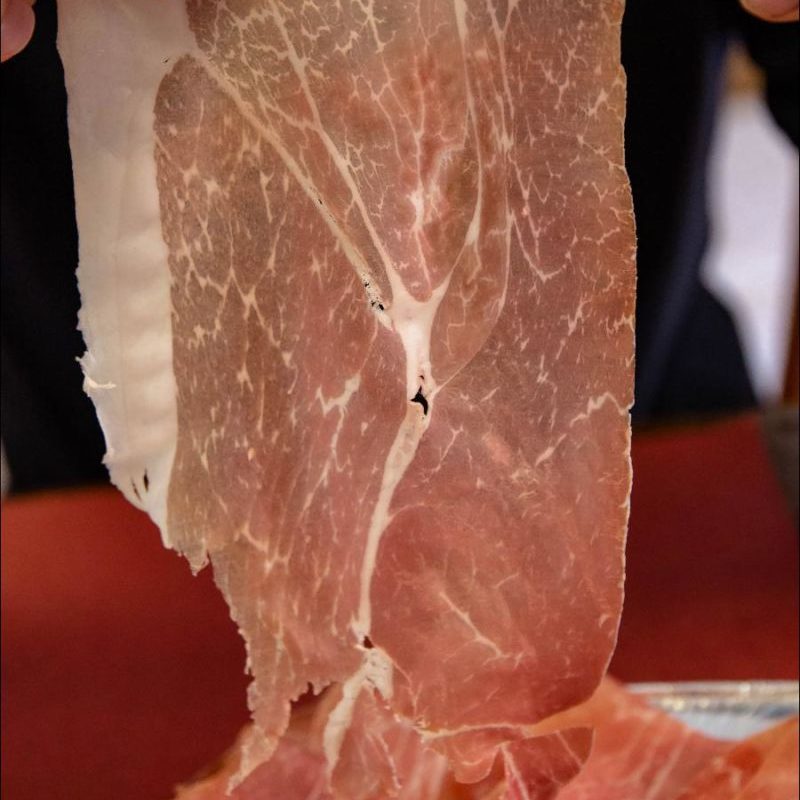
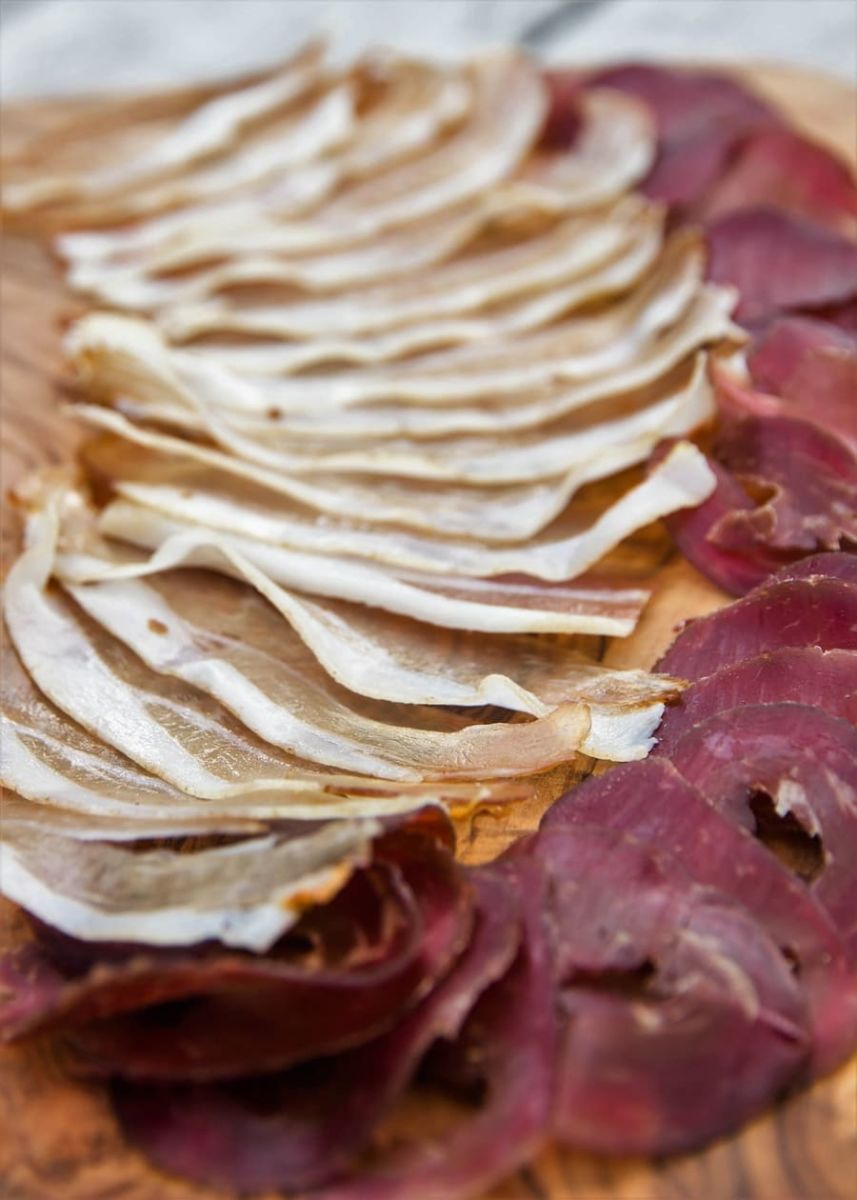
Knives for Slicing Cured Meat
It’s a game changer when you can cut wafer-thin cured meats (here is more about precision deli slicers I wrote) for homemade lonza and pancetta. It was just incredible.
I believe the Iberian knife is the best option for ham and prosciutto. Here are a few I have reviewed and can recommend.
The right technique also will, of course, give the proper results.
Knifes for Large Smoked Meat – Brisket / Ham
It takes hours of work to produce a beautiful smoked brisket, and then you want to present it in all its glory. Here are
What Equipment Do I Need for Meat Curing?
A cool area & or a fridge is the basic area you need. There are many types of meat curing (link to charcuterie/dry cured meats category list on this site) categories.
A dry or warm area is needed to make jerky.
Smoked meat needs some smoking device, cold or hot smoked. Dry-cured beef can also be made in a standard fridge or curing chamber.

Tom Mueller
For decades, immersed in studying, working, learning, and teaching the craft of meat curing, sharing the passion and showcasing the world of charcuterie and smoked meat. Read More
